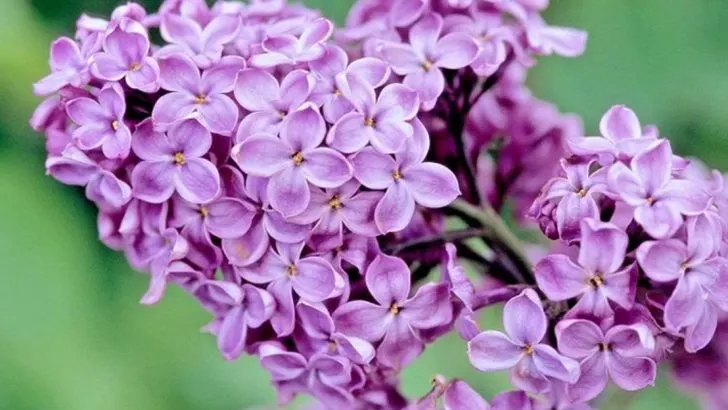Oleanders are popular for their hardiness and vibrant blooms, but if you’re looking for safer, more diverse, or lower-maintenance alternatives, there are plenty of stunning shrubs that can outshine them in your landscape.
In this article, we explore 21 shrubs that look better than oleanders. From flowering favorites like butterfly bush and Texas sage to lush, evergreen options like viburnum and dwarf bottlebrush, these shrubs offer beauty, resilience, and variety without the drawbacks of oleanders. If you’re ready to upgrade your garden with eye-catching, non-toxic, and pollinator-friendly shrubs, these picks are worth considering!
Hydrangea
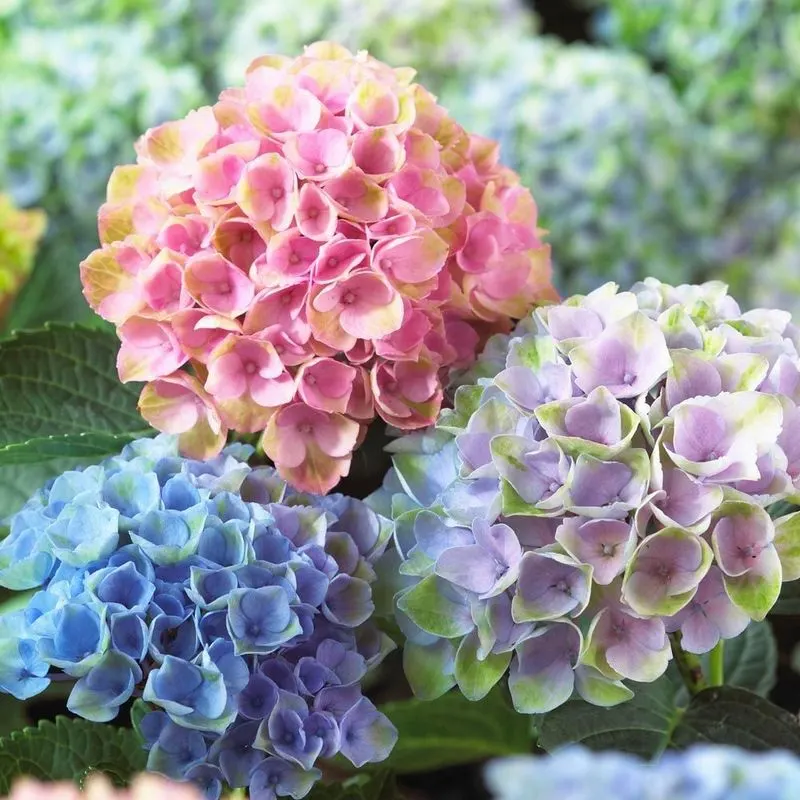
Embracing the garden with color, hydrangeas deliver a stunning floral display that easily outshines oleanders. Known for their voluminous flower clusters, they offer a diverse palette ranging from soft pinks to vibrant blues, dependent on soil pH. Two or three shrubs can redefine any garden corner, providing a changing tableau throughout the season. Their foliage is lush and dense, adding texture even when not in bloom. A touch of acidity in the soil can shift their hue, turning gardening into a creative art form. Hydrangeas not only attract admiration but also butterflies, enhancing the garden’s allure.
Lilac
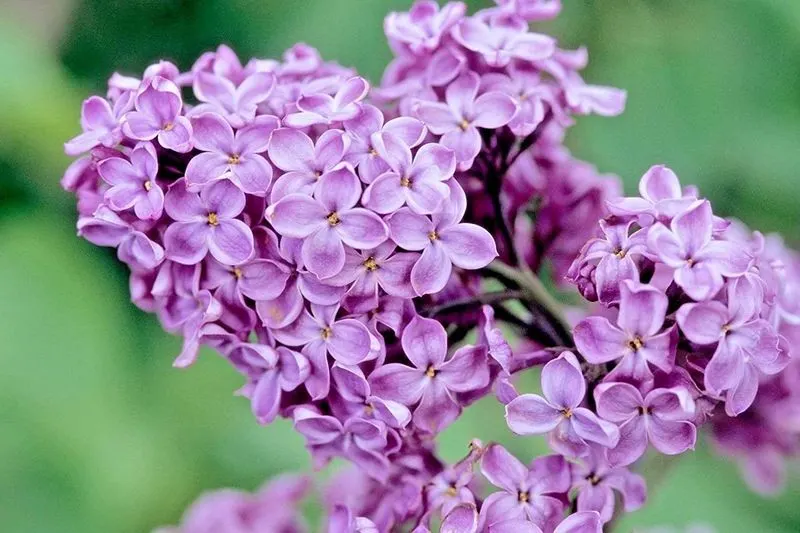
Nothing beats the fragrance of lilacs wafting through the spring air. These shrubs stand out with their clusters of delicate, fragrant flowers that transform gardens into scented havens. Lilacs boast a charming old-world appeal, recalling cottage gardens and warm memories. Their rich purple, white, or pink blossoms are a feast for the eyes and the nose. With a bit of sunlight and well-drained soil, they thrive effortlessly. Pruning after flowering encourages more blooms next season. For those who appreciate sensory gardens, lilacs are an unparalleled choice.
Azalea
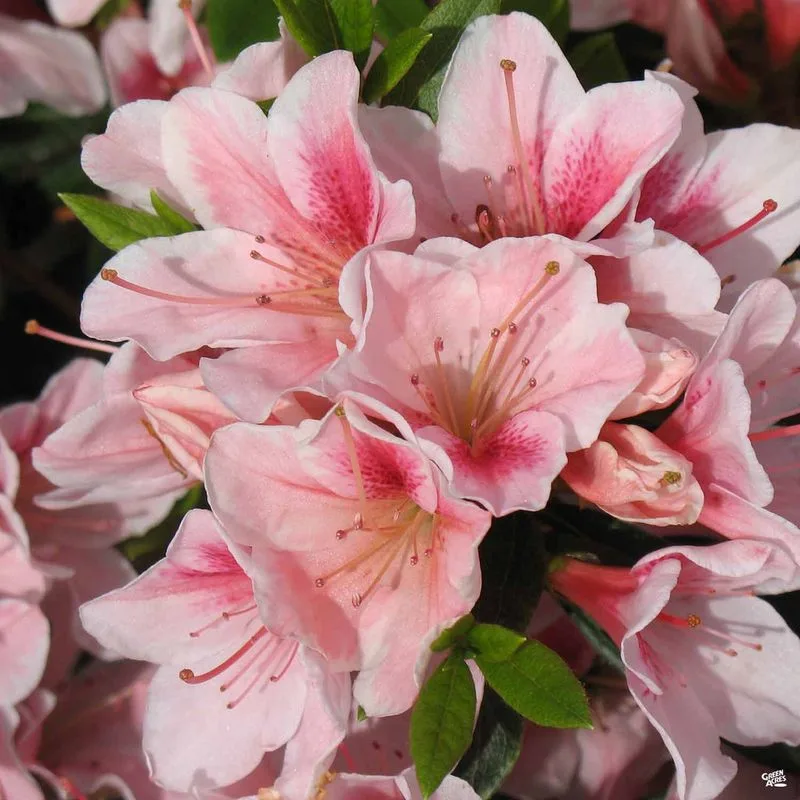
Azaleas, known for their breathtaking blooms, bring a burst of color that can rival any oleander. Their flowers, often seen in vivid pinks, reds, and purples, create a captivating display that beckons admiration from all who pass by. These shrubs prefer a bit of shade, making them perfect for woodland gardens. With the right soil acidity, they flourish, demanding little attention. An annual prune keeps their shape refined. Azaleas, with their elegant aesthetic, are ideal for those looking to add a touch of sophistication to their landscapes.
Camellia
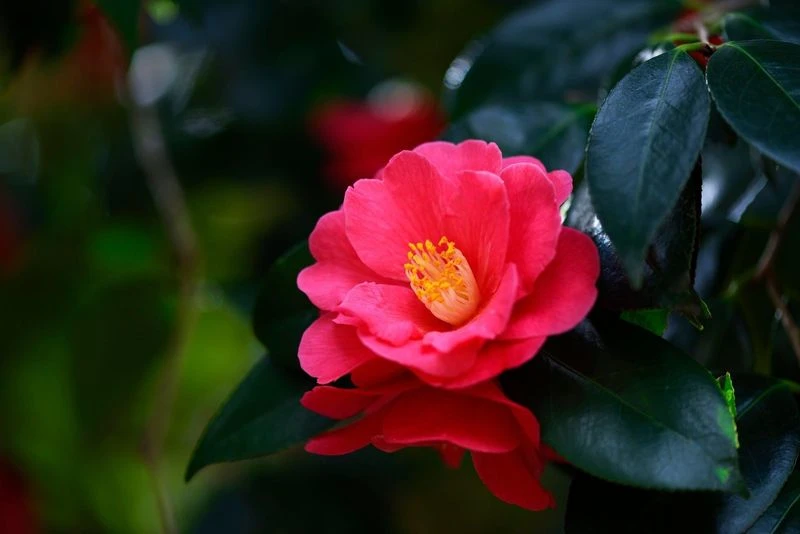
Camellias are the aristocrats of the plant world, flaunting glossy leaves and exquisite blooms. Their flowers, reminiscent of porcelain, can appear in a range of colors including whites, pinks, and deep reds. Blooming in winter or early spring, they provide much-needed color during otherwise drab months. These shrubs love shade and acidic soil, making them perfect companions for azaleas. Regular watering and mulching keep them looking their best. Camellias add a touch of elegance and timeless beauty to any garden, making them a superior choice to oleanders.
Rhododendron
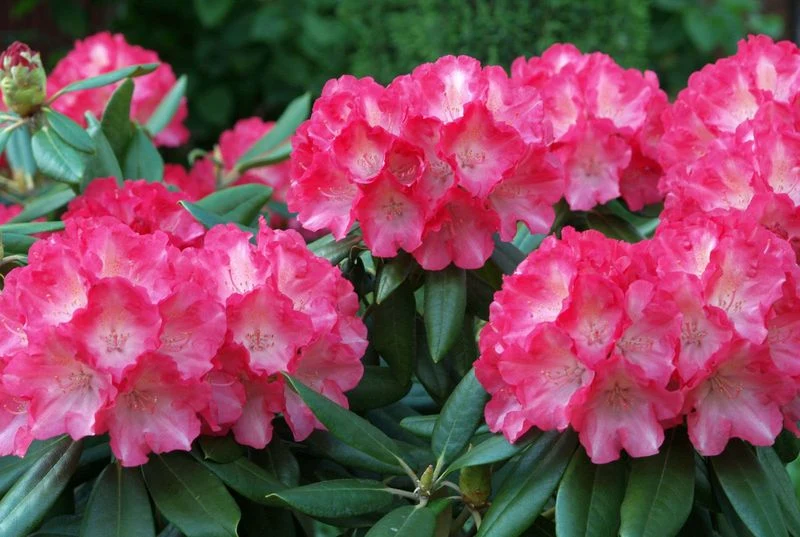
Rhododendrons are showstoppers, boasting large clusters of bell-shaped flowers that create a dramatic display. They thrive in shaded areas, making them ideal for woodland gardens. With blooms that can span the spectrum from white to deep purple, they provide endless visual interest. Rhododendrons favor acidic, well-drained soil and appreciate a layer of mulch. While they demand a bit more attention than some, their spectacular display is worth the effort. For gardeners seeking to make a statement, these shrubs are an excellent choice.
Forsythia
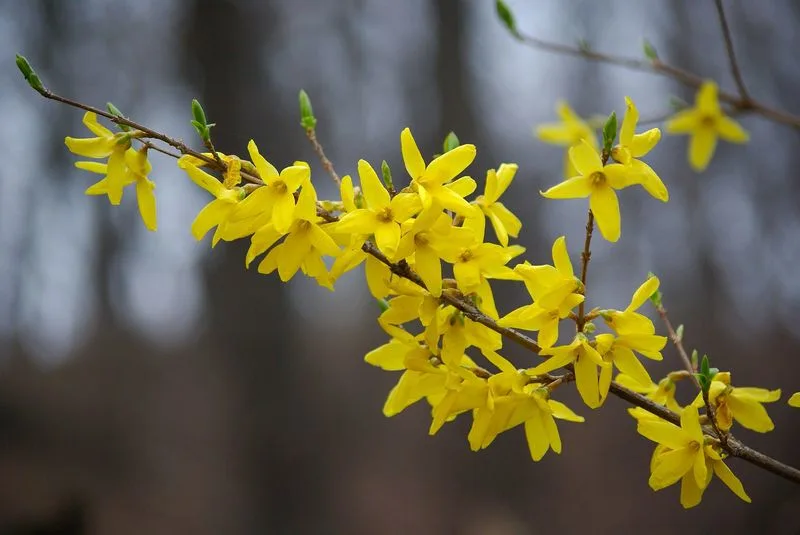
Forsythias announce the arrival of spring with their vibrant yellow blooms that seem to burst forth overnight. These shrubs, with their cheerful disposition, can easily outshine the more subdued oleander. Forsythias are hardy and adaptable, thriving in a variety of soils and conditions. They require minimal care, making them perfect for novice gardeners. A hard prune after flowering encourages new growth. Their golden flowers are a beacon of hope and warmth, brightening any landscape with their sunny presence.
Boxwood
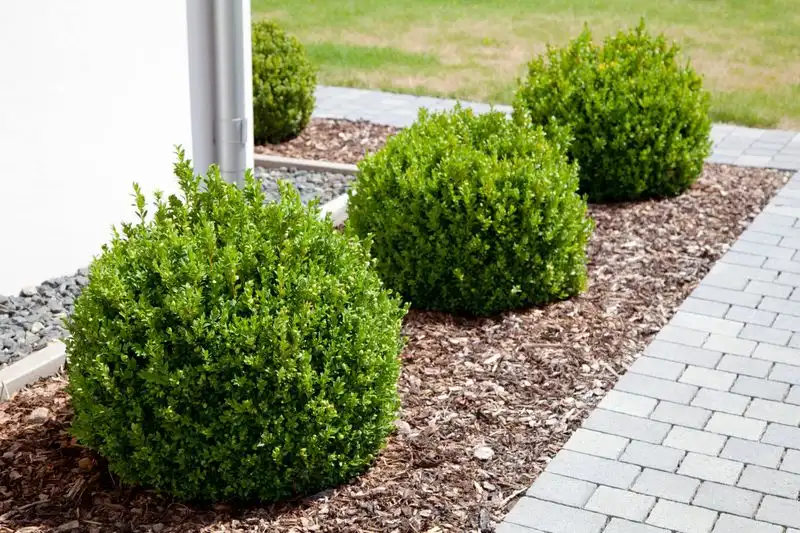
Boxwoods are the epitome of elegance in the garden, offering year-round greenery and structure. Their dense foliage can be pruned into various shapes, from spheres to hedges, providing a versatile backdrop for other plants. Unlike the more flamboyant oleander, boxwoods offer a refined subtlety. They are easy to grow and maintain, tolerating a range of soil types and conditions. Regular trimming keeps them looking sharp and well-defined. Ideal for formal gardens or as a privacy screen, boxwoods are the sophisticated choice for discerning gardeners.
Rose of Sharon
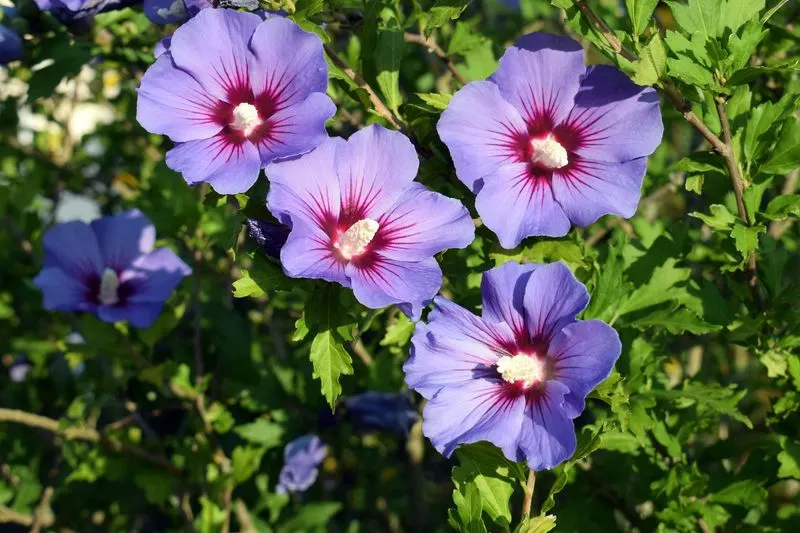
The Rose of Sharon captivates with its exotic, hibiscus-like blooms that add a tropical feel to any garden. Unlike oleanders, these shrubs thrive in a variety of conditions, from full sun to partial shade. Their flowers come in a spectrum of colors including pink, white, and purple, attracting butterflies and hummingbirds alike. Rose of Sharon is a low-maintenance choice, requiring little more than occasional pruning to encourage fuller growth. With its long blooming period, this shrub ensures a vibrant display throughout the summer months.
Spirea
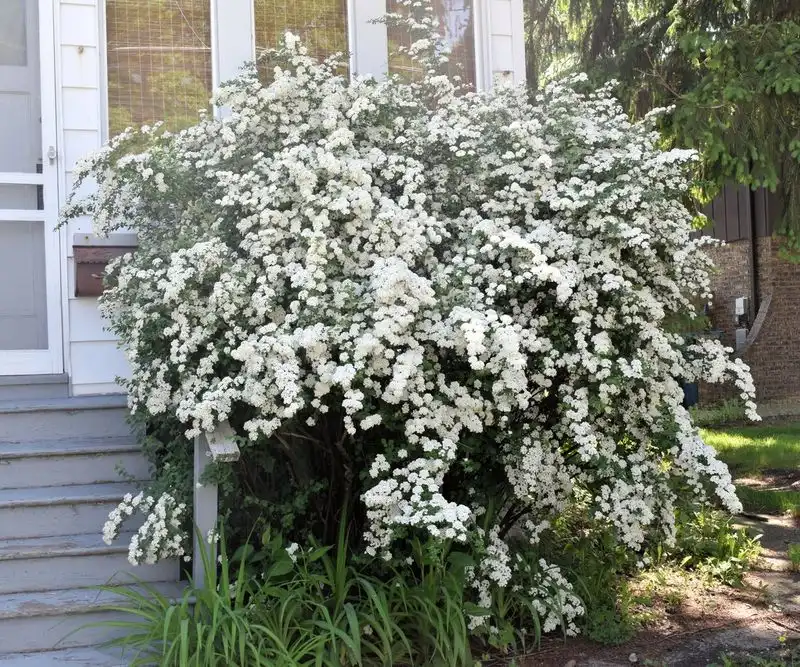
Spireas are the versatile charmers of the shrub world, with graceful, arching branches covered in delicate flowers. These shrubs are easy to grow, making them perfect for beginners. Their blooms, which can be white, pink, or red, provide a soft, romantic touch to gardens. Spireas thrive in full sun and well-drained soil, requiring minimal maintenance. Pruning after flowering enhances their shape and encourages a second flush of blooms. Ideal for borders or as an informal hedge, spireas bring an effortless elegance that surpasses the oleander.
Butterfly Bush
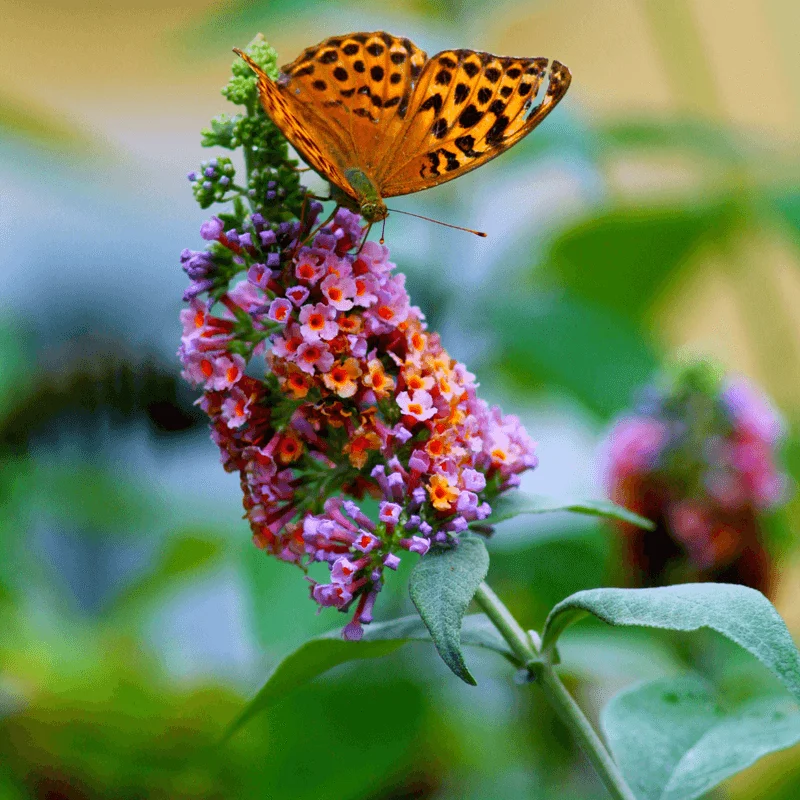
The butterfly bush is a magnet for pollinators, drawing in butterflies with its nectar-rich flowers. These shrubs make a bold statement with their long, spike-like blooms that can be purple, pink, or white. Unlike oleanders, butterfly bushes require little care, thriving in sunny spots with well-drained soil. An annual prune keeps them tidy and encourages more prolific flowering. This shrub’s ability to attract wildlife adds an interactive element to gardens, making it not only a visual delight but also a haven for nature enthusiasts.
Weigela
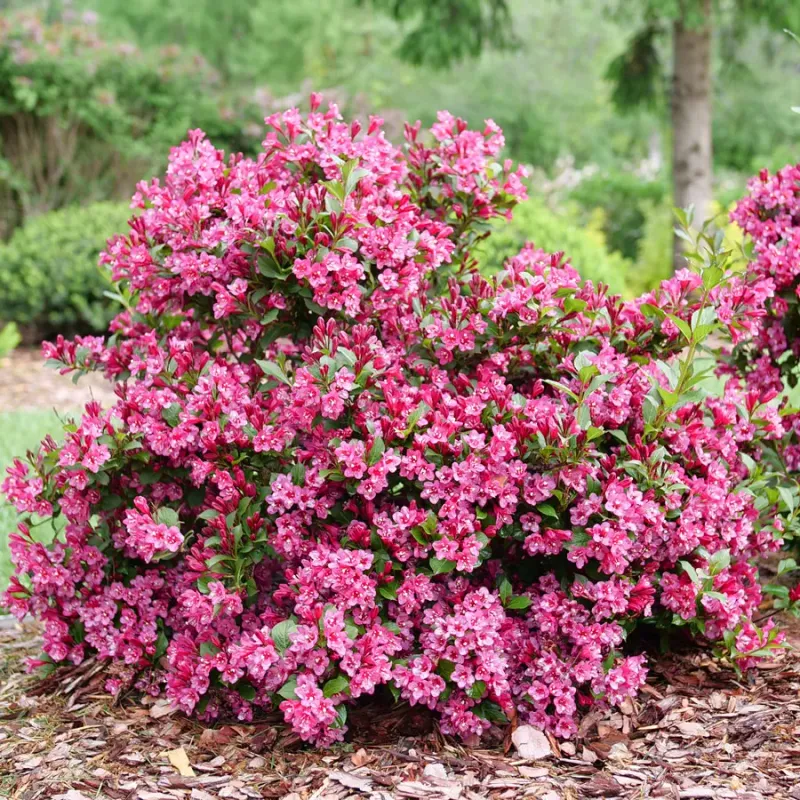
Weigelas are the attention-seekers of the garden, flaunting a profusion of trumpet-shaped flowers that draw both humans and hummingbirds. Their vibrant red and pink blooms stand out against their lush, green foliage, creating a lively display. These shrubs thrive in full sun and are undemanding, making them suitable for any gardener. Light pruning after their first bloom encourages a second wave of flowers. Weigelas are perfect for adding a burst of color and energy to garden borders, making them a preferable choice over oleanders.
Ninebark
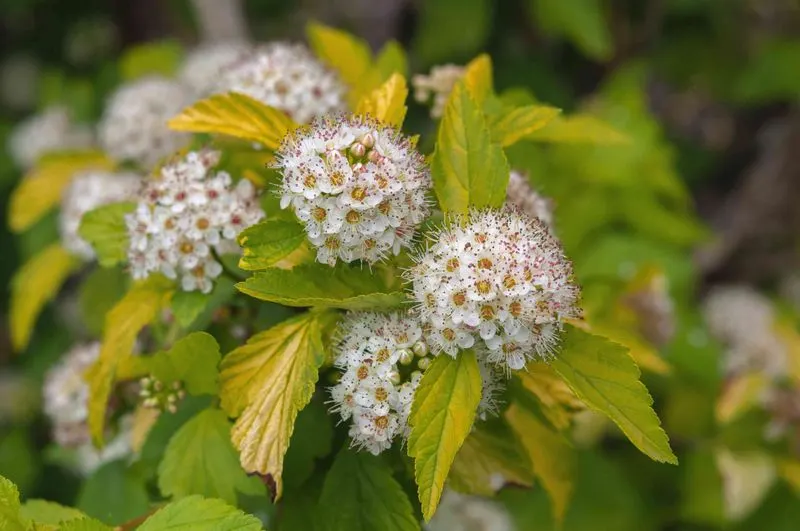
Ninebark stands out with its uniquely textured bark that peels back in layers, revealing a stunning visual interest throughout the seasons. Its deep red or purple leaves and clusters of small white flowers add to its allure. These shrubs are hardy and adaptable, tolerating a variety of soil conditions. Pruning maintains their shape and encourages new growth. Ninebark’s tough demeanor and striking appearance make it a great choice for those seeking something different from the conventional oleander. It’s a plant that offers beauty and resilience in equal measure.
Summersweet
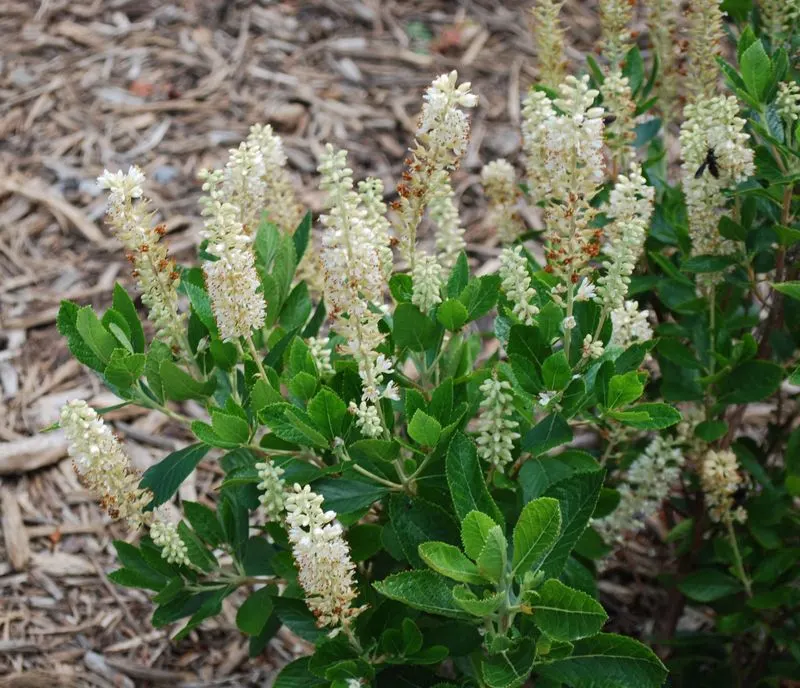
Summersweet lives up to its name with delightful, fragrant blooms that attract pollinators. This shrub offers a sensory experience with its sweet-scented flowers and glossy, dark green leaves. Thriving in partly shaded areas, summersweet is a perfect choice for adding fragrance to garden paths or patios. Its tolerance to a range of soil conditions and low-maintenance nature make it an attractive option for busy gardeners. Regular watering ensures continuous blooms throughout the summer. Offering a mix of beauty and fragrance, summersweet is a wonderful oleander alternative.
Firethorn
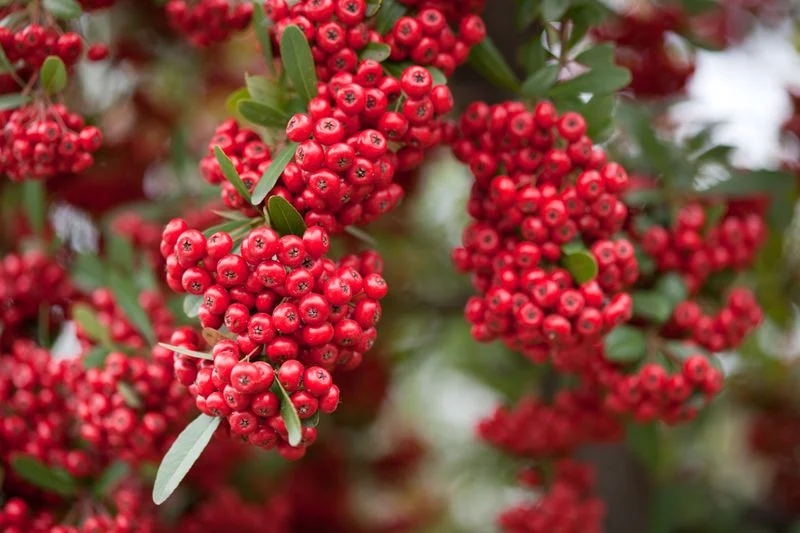
Firethorn is not just a pretty face; its vibrant red berries and glossy foliage provide year-round interest. This hardy shrub thrives in sunny locations, making it perfect for borders or as a standalone feature. The berries persist into winter, offering a splash of color when most plants have faded. Firethorn’s thorns add an element of security, deterring unwanted visitors. Minimal pruning maintains its shape, and it requires little other care. For those seeking a shrub that offers beauty and functionality, firethorn is a striking choice over the oleander.
Hibiscus
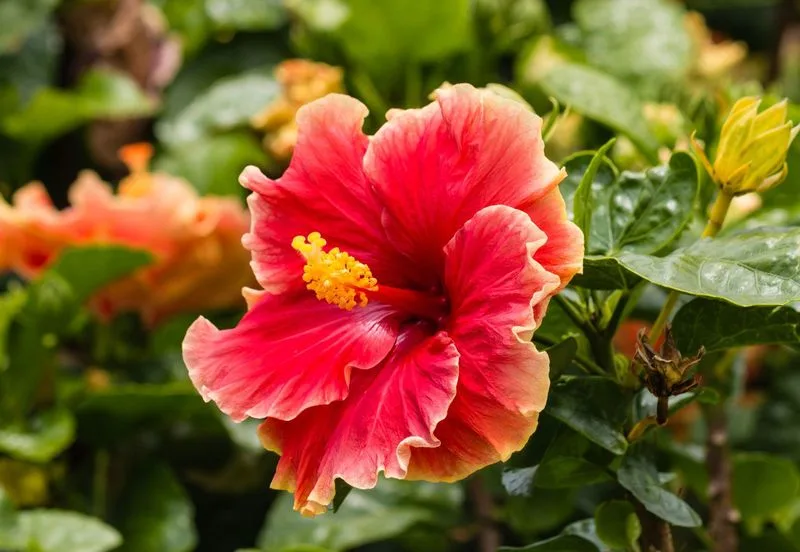
Hibiscus brings a touch of the tropics with its large, vibrant flowers that capture attention. These shrubs flourish in sunny locations, producing an abundance of blooms throughout the warmer months. Their flowers, which can be red, pink, or yellow, add an exotic flair to gardens. Hibiscus requires regular watering but rewards with a spectacular display. Pruning helps maintain its shape and encourages more blooms. For gardeners seeking to infuse their spaces with a tropical vibe, hibiscus offers a vivid alternative to the oleander.
Viburnum

Viburnums are the versatile workhorses of the shrub world, offering beauty in every season. With clusters of white or pink flowers, followed by colorful berries, they provide continual interest. These shrubs are adaptable to various conditions, thriving in both sun and shade. Viburnums require minimal care, making them ideal for low-maintenance gardens. Their dense habit makes them excellent for hedging or as a backdrop to other plantings. Offering both aesthetic appeal and functionality, they are a superb choice for those seeking alternatives to oleanders.
Barberry

Barberries are all about contrast, with their bright, colorful leaves and small, jewel-like berries. These shrubs are tough and adaptable, thriving in poor soils where others might struggle. Their vibrant foliage, which can range from yellow to deep burgundy, adds a dynamic element to landscapes. Barberries require little maintenance besides occasional pruning to maintain their shape. They make excellent security hedges due to their thorny branches. For those wanting a splash of color and a bit of deterrence in their gardens, barberries are an excellent choice.
Beautyberry
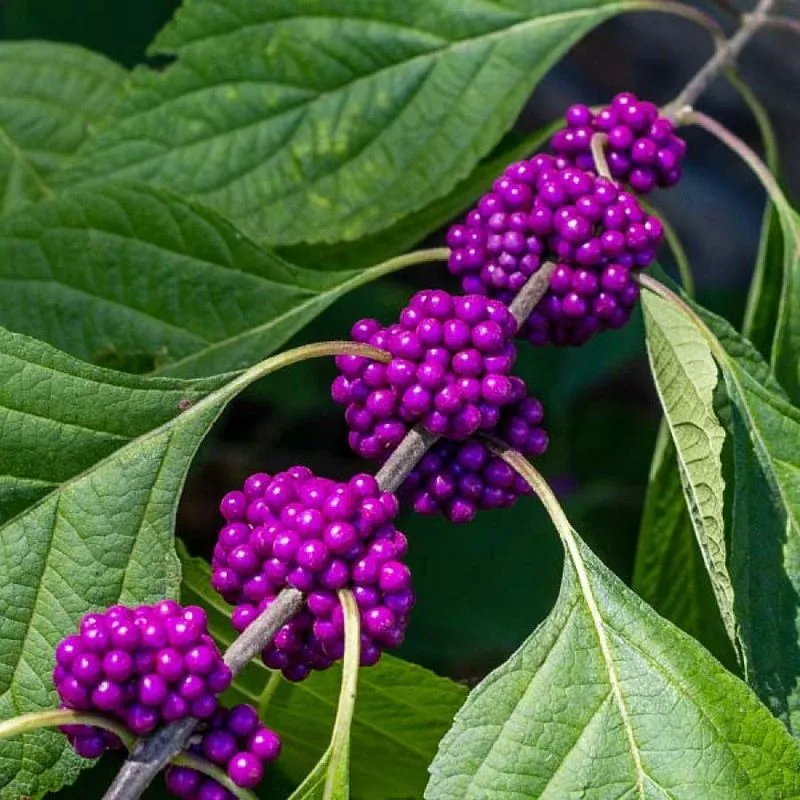
True to its name, beautyberry dazzles with clusters of vivid purple berries that stand out against its green foliage. This shrub thrives in shaded areas, making it a great choice for woodland gardens. The berries persist into winter, providing food for birds and adding color to otherwise bare landscapes. Beautyberries are low-maintenance, requiring only occasional pruning. Their unusual berries make them a conversation piece, ensuring they garner attention and admiration. For those seeking a unique addition to their garden, beautyberries offer an intriguing alternative to oleanders.
Holly

Holly is synonymous with festive cheer, thanks to its glossy leaves and bright red berries that bring winter gardens to life. These shrubs are hardy and versatile, thriving in a range of conditions. Holly’s dense growth habit makes it excellent for hedges or as standalone specimens. Pruning encourages bushier growth and more berries. Beyond their seasonal appeal, hollies offer year-round structure and color. For those looking to add traditional charm and resilience to their gardens, holly is an unparalleled choice over oleanders.
Mock Orange
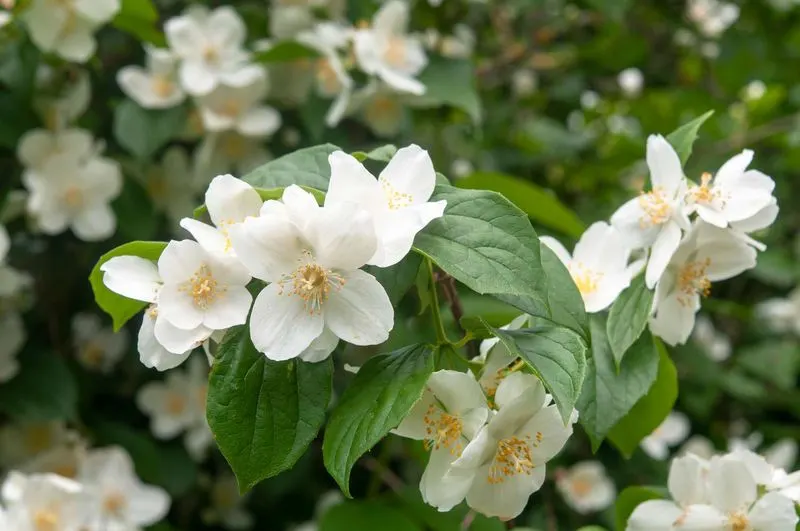
Mock orange delights with its citrus-scented blooms that mimic the fragrance of real oranges. This shrub’s white flowers are not only fragrant but also visually striking, creating an elegant display. Thriving in full sun to partial shade, mock orange is adaptable and easy to grow. Minimal pruning keeps it tidy and encourages more flowers. Its delightful aroma and charming appearance make it a favorite for cottage gardens. For those seeking to indulge their senses, mock orange promises both visual and olfactory delight.
Elderberry
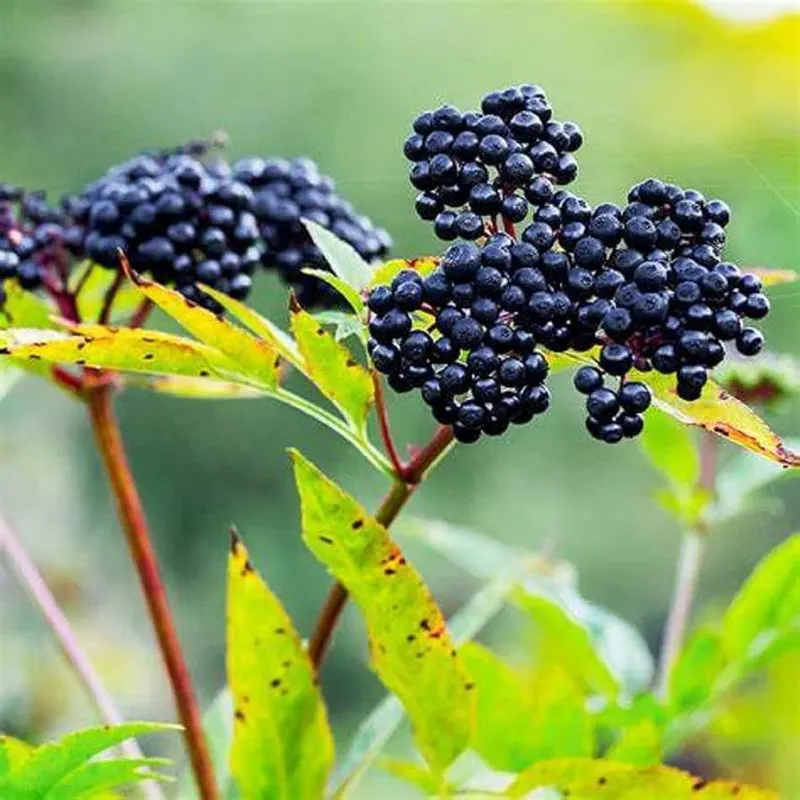
Elderberries offer a wild, untamed beauty with their showy white flowers and clusters of dark purple berries. These shrubs are adaptable, thriving in a variety of conditions and providing seasonal interest. Elderberries require minimal care, making them ideal for naturalistic gardens. The berries can be used in culinary creations, adding an extra layer of appeal. Regular pruning maintains their shape and encourages more abundant fruiting. For those looking to combine beauty with utility, elderberries are an outstanding choice that offers more than the typical oleander.

